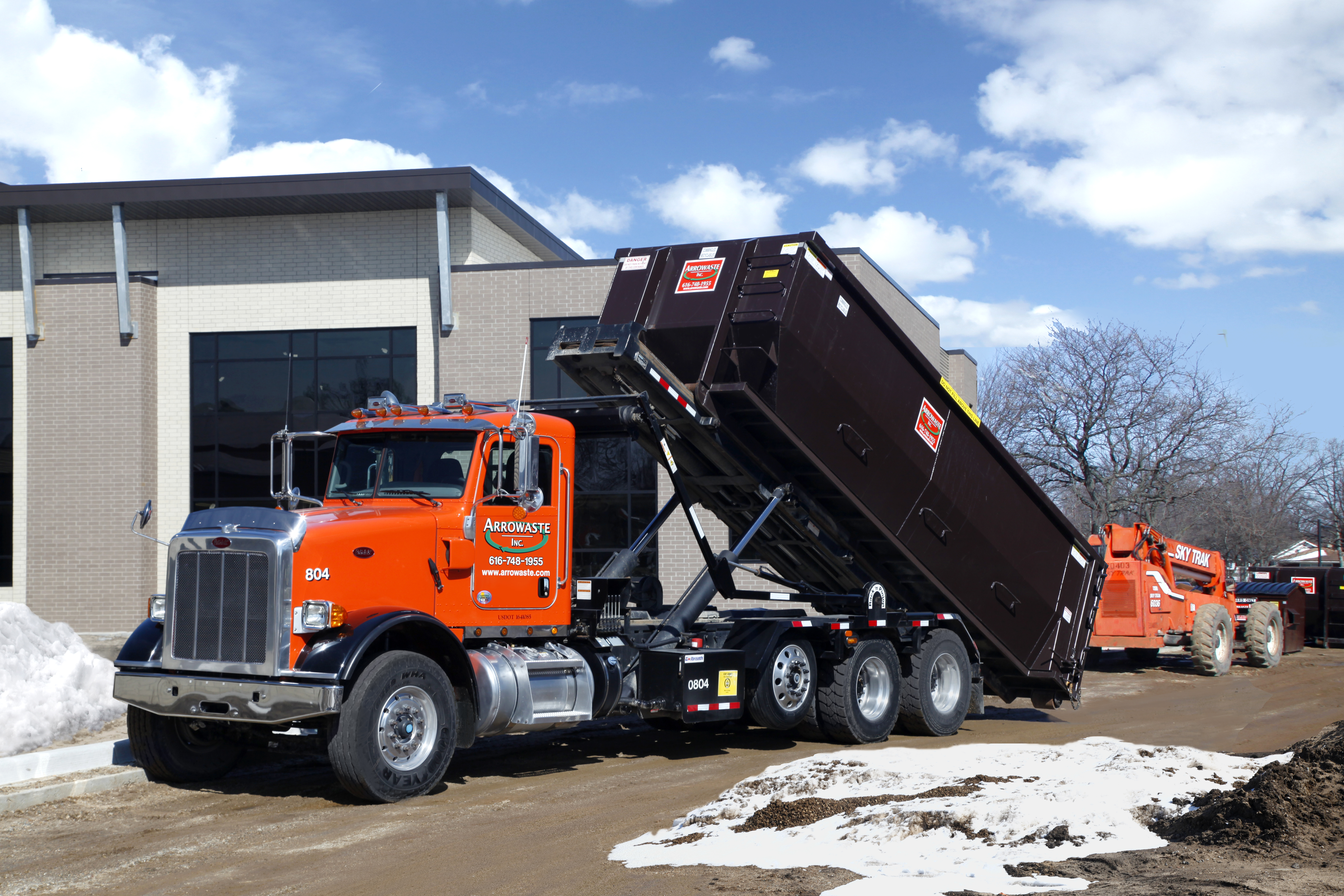Selecting The Ideal Dumpster Size For Your Job: An Extensive Overview
Selecting The Ideal Dumpster Size For Your Job: An Extensive Overview
Blog Article
Web Content By-Templeton Duckworth
When embarking on a task that requires a dumpster, the size you select can considerably impact its performance and cost-effectiveness. Picture having the ideal container that suits all your waste without being excessively big or as well small. All of it beginnings with recognizing the subtleties of your job and selecting a dumpster size that lines up with your specific needs. So, before you decide, take into consideration the variables at play to guarantee a smooth waste administration procedure from beginning to end.
Variables to Take into consideration
When selecting the best dumpster size, there are a number of key aspects to consider.
First, think about the kind of waste you'll be taking care of. Different products might call for differing amounts of room, so recognizing what you'll be putting in the dumpster is crucial.
Next off, evaluate the amount of waste you anticipate to produce. If you undervalue the quantity, you may require to make multiple journeys to dispose of whatever, which can be bothersome and costly. On the other hand, renting a dumpster that's too large can cause unnecessary expenditures.
Additionally, consider the space where the dumpster will be placed. Make certain there suffices area for the dumpster to be provided and picked up without any blockages.
Last but not least, think of any kind of weight restrictions that might use. Going beyond the weight restriction can result in additional fees and even the rejection of service.
Dumpster Size Alternatives
For picking the appropriate dumpster size, it's important to have a good understanding of the readily available choices. Dumpster sizes generally range from 10 to 40 cubic lawns, with variants in between.
A 10-yard dumpster is suitable for little jobs like a garage cleanout or a tiny renovation. If you're taking on a medium-sized task such as a kitchen remodel or a basement cleanout, a 20-yard dumpster may be the best choice.
For larger projects like a whole-house remodelling or industrial construction, a 30 or 40-yard dumpster could be better to accommodate the volume of waste produced.
When deciding on a dumpster size, take into consideration the amount and sort of particles you anticipate to deal with. Read the Full Report to pick a somewhat larger size if you're unsure to avoid overfilling. https://wusfnews.wusf.usf.edu/weather/2022-11-02/fdem-launches-debris-removal-program in mind, it's more cost-efficient to rent out a dumpster that fits your requirements as opposed to needing to get an additional one.
Matching Size to Task
Ideally matching the dumpster dimension to your job is crucial for reliable waste monitoring. To establish the right dimension, consider the extent and nature of your job.
For little house cleanouts or improvements, a 10-yard dumpster might suffice. These are commonly 12 feet long and can hold around 4 pickup tons of waste.
For bigger jobs like remodeling several spaces or removing a big estate, a 20-yard dumpster could be preferable. These are around 22 feet long and can hold about 8 pickup truck lots.
If you're taking on a major building project or business renovation, a 30-yard dumpster could be the very best fit. These dumpsters are about 22 feet long and can suit concerning 12 pickup truck loads of particles.
Matching the dumpster dimension to your job guarantees you have sufficient area for all waste materials without paying too much for extra capacity.
Final thought
In conclusion, picking the best dumpster size for your project is critical for effective garbage disposal. By considering elements like the type and quantity of waste, room schedule, weight constraints, and budget plan restrictions, you can guarantee you have the appropriate dimension dumpster for your needs. Ensure to match the size of the dumpster to the extent and nature of your project to avoid overspending on unneeded expenditures.
